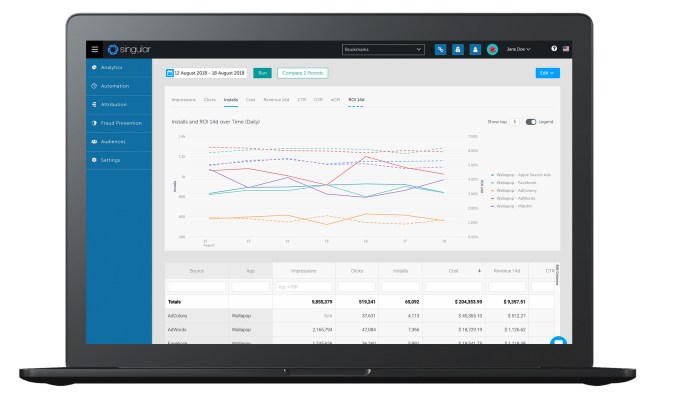While the property market in the US appears headed for a slowdown, a startup that’s honing in on rentals is doubling down on growth. Zumper, a San Francisco-based startup that has built an end-to-end platform to source, rent out and help service apartments across the US, has raised another $46 million in funding — money it plans to use to continue enhancing the services it offers to renters and landlords; and to continue its growth nationally. The funding comes on the back of a strong period of growth for the company, which has around 1 million listings on offer and sees 8 million visitors in an average month, with one-quarter of a million landlords using Zumper to connect to them.
This Series C was led by media giant Axel Springer and growth-stage investor Stereo Capital, with participation also from previous investors Dawn Capital, Kleiner Perkins Caufield & Byers (KPCB), Breyer Capital, Scott Cook, Goodwater Capital and xfund. Zumper has raised $90 million to date. It’s not revealing its valuation, but a source tells me it’s more than double its previous valuation, which was just over $100 million two years ago. That likely puts it at over $200 million (but probably less than $300 million).
Axel Springer, with its vast experience in media, and specifically publishing and classifieds, is an obvious strategic backer here. But Blackstone, I’ll note, is a strategic investor of sorts, too. “As a client of Zumper and one of the largest landlords in the US, Blackstone is keenly focused on technological innovation to improve the rental process for both renters and landlords,” said Sean Muellers of Blackstone who will act as a board observer, in a statement. “Partnering with the best-in-class Zumper team to effectuate this industry change is the definition of a win-win situation.”
Anthemos Georgiades, CEO and cofounder of Zumper, says that the company was built in 2014 on the premise that there were already too many portals online that helped people search for apartments. “Everyone had done that already,” he said, so instead the startup decided that it would focus on simplifying, speeding up and overall improving the whole process of renting.
As anyone who has rented, or rents out, an apartment knows, search aimed at apartment seekers (and “lead generation” for the landlords) is just the beginning of the process. There are many hoops to jump through after that with credit checks, lease signing, moving out of your old place, moving into a new one, and signing up for local services in the new place.
With that in mind, in addition to basic apartment searches, the Zumper platform has been gradually trying to address all of that. Today, it includes a prequalification tool that runs credit checks on would-be tenants, and Zumper is also running a beta in which would-be tenants can leave a deposit instantly on a place while touring it to take it off the market. It’s currently building one tool that will let landlords generate leases to have them signed via Zumper; and another tool so that tenants can also pay rent through the platform.
Further on down the line, Georgiades said that the plan will be to add on more “transactional” services to increase its margins further, such as helping tenants sign up for utilities and other services, and perhaps buy or rent things for their apartments. He said that there are already talks in the works with “half a dozen” companies to integrate these kinds of services, but he wouldn’t say when they would come online.
Interestingly, Zumper’s focus on taking a different approach to tackling the rental market is not without precedent. Zillow is offering an increasing range of services beyond basic search, and other startups like Compass have also focused on how it can provide more than simple listings to would-be tenants to attract top clients on both sides of the marketplace. (Compass, however, puts more more of an emphasis on the broker experience.) Others in Europe like Homelike are also looking at more innovative ways of providing an online platform for renters.
Zumper’s typical and target is a tenant is someone looking for a one-year lease, which it feels has not really been addressed well enough yet in the US.
“Airbnb has improved the experience in short-term, but no one is doing this in long-term rental,” Georgiades said.



